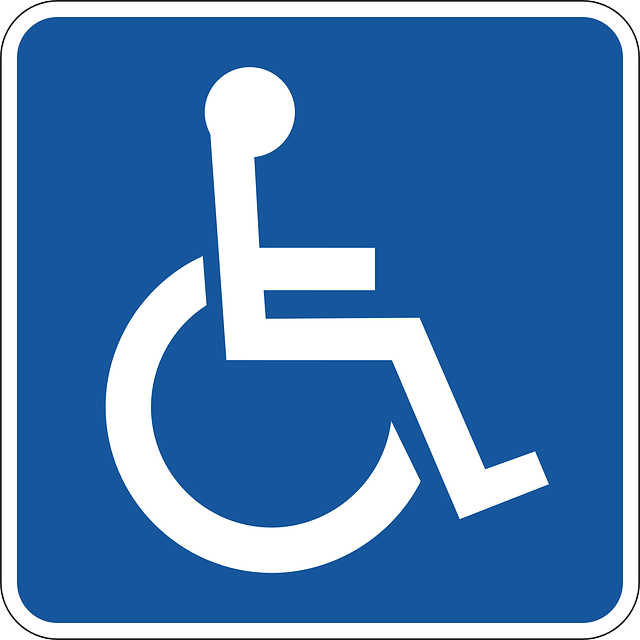Live Chat Software by Kayako |
|
Jan 3 |
Does my Website Need to be ADA Compliant?
Posted by Didier Bizimungu on 03 January 2020 01:41 pm |
For our purposes, Title III of the ADA deals with public accommodations and commercial facilities that include websites. Title III is enforced as a strict liability law by the U.S. Department of Justice. That means there are little to no excuses to be uncompliant. Web accessibility is an evolving set of requirements with no formal agreed-upon set of standards. Although not legally sourced, courts have referenced WCAG 2.0 in cases involving the ADA. What are the Dangers of Being Non-compliant? As of now, the Department of Justice has not independently pursued website owners for being Title III uncompliant. However, individuals affected by perceived non-compliant websites have sued website owners pursuing injunctive relief (e.g., for the company to make its website ADA accessible) and attorneys’ fees. ADA lawsuits have shown a marked increase in the past few years. 2017 saw 814 ADA lawsuits while 2018 saw that number rise to 2285 cases. Although 2019 numbers are not out yet, it will exceed 2018. Who is Most at Risk of Legal Challenges? The rise in ADA related cases has led increasingly to more and more industries being affected. Due to their close interactions with the general publi Top industries targeted by ADA lawsuits include real estate, retail, travel, entertainment, and foodservice. The list keeps growing as precedents keep being set by previous cases. A significant portion of the cases, 55%, in 2019 settled within just 60 days. It is often uneconomical to fight these legal challenges and come out victoriously. What are the Benefits to Being ADA Compliant?
ADA compliance forces a website to comfort to the highest Search Engine Optimization standards. The increased rankings will garner more business for compliant websites. Disabled and other users alike view brands with compliant websites in a more positive light compared to their inaccessible counterparts. Websites built with WCAG guidelines tend to be easier to navigate, increasing positive user experience. Finally, making efforts to be ADA compliant will protect website owners from being on the wrong end of legal action. How to Test for Being ADA Compliant It remains incredibly difficult to ensure full ADA compliance. The WCAG is a best-case scenario set of guidelines. The World Wide Web Consortium (W3C) maintains a list of tools that can assist in ascertaining the level of WCAG compliance. They do not claim that any single tool is representative of fulfilling all of the guidelines’ requirements. A full evaluation of every page of a website is the only approach that ensures that all parts meet the WCAG guidelines. How to Become ADA Compliant in 5 Easy Steps Easy here is subjective. The steps to make a website ADA compliant are simple yet require huge amounts of labor depending on the size of a website.
Depending on the results, the current legal environment will change in terms of the legal culpability of ADA compliance. However, this is likely to be limited to specific websites; in this case, retailers with physical fronts. ADA compliance is here to stay. It behooves any website, specifically public-facing websites, to endeavor to be as compliant as possible to web accessibility standards. Is your website ready to be ADA compliant? Webtivity Marketing & Design is here to guide you through the process of ensuring your website conforms to the highest web standards. Reach out to us at (941) 753-7574 or send us a message for an immediate answer. The post Does my Website Need to be ADA Compliant? appeared first on Webtivity Marketing & Design News. | |




